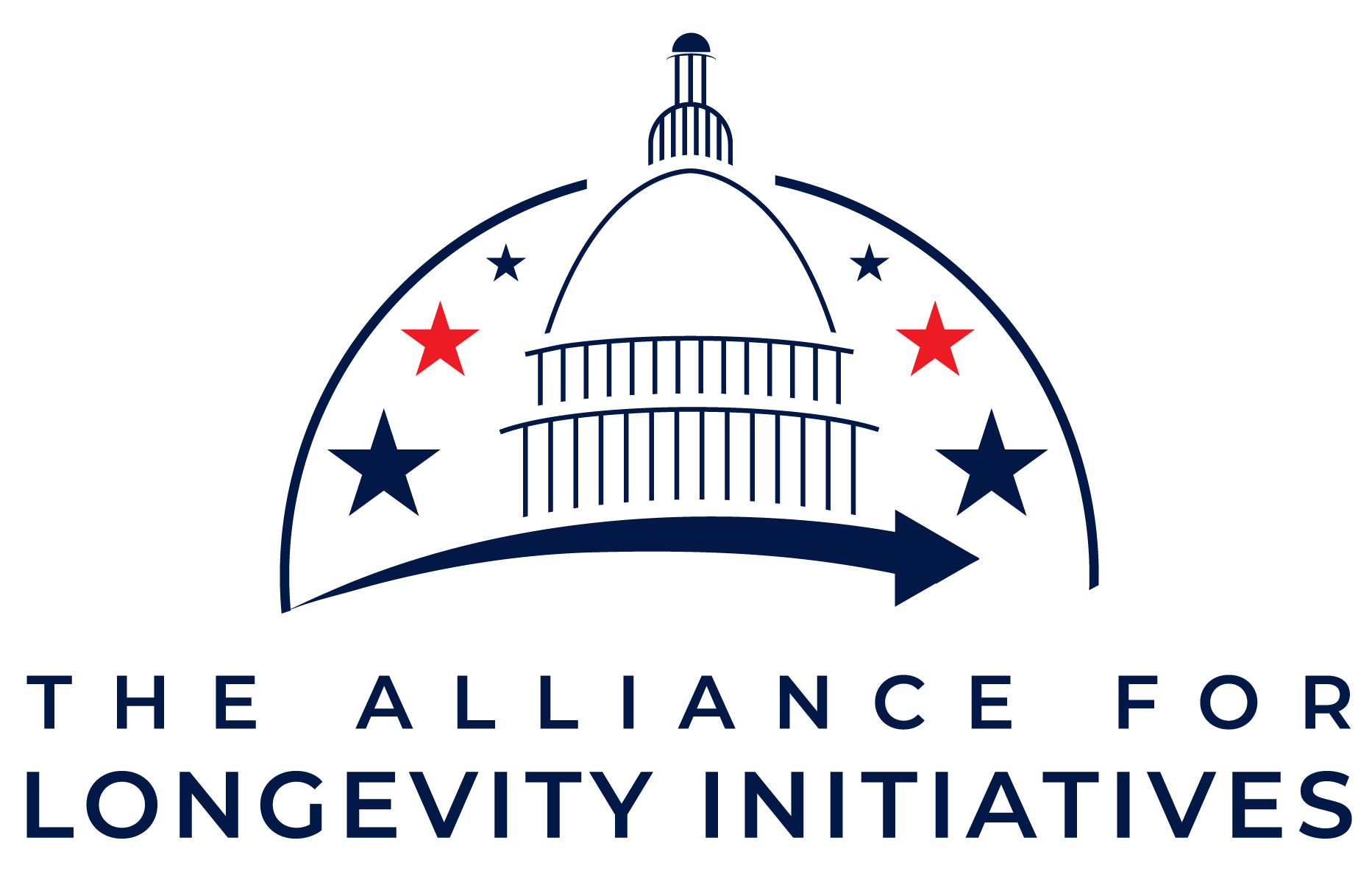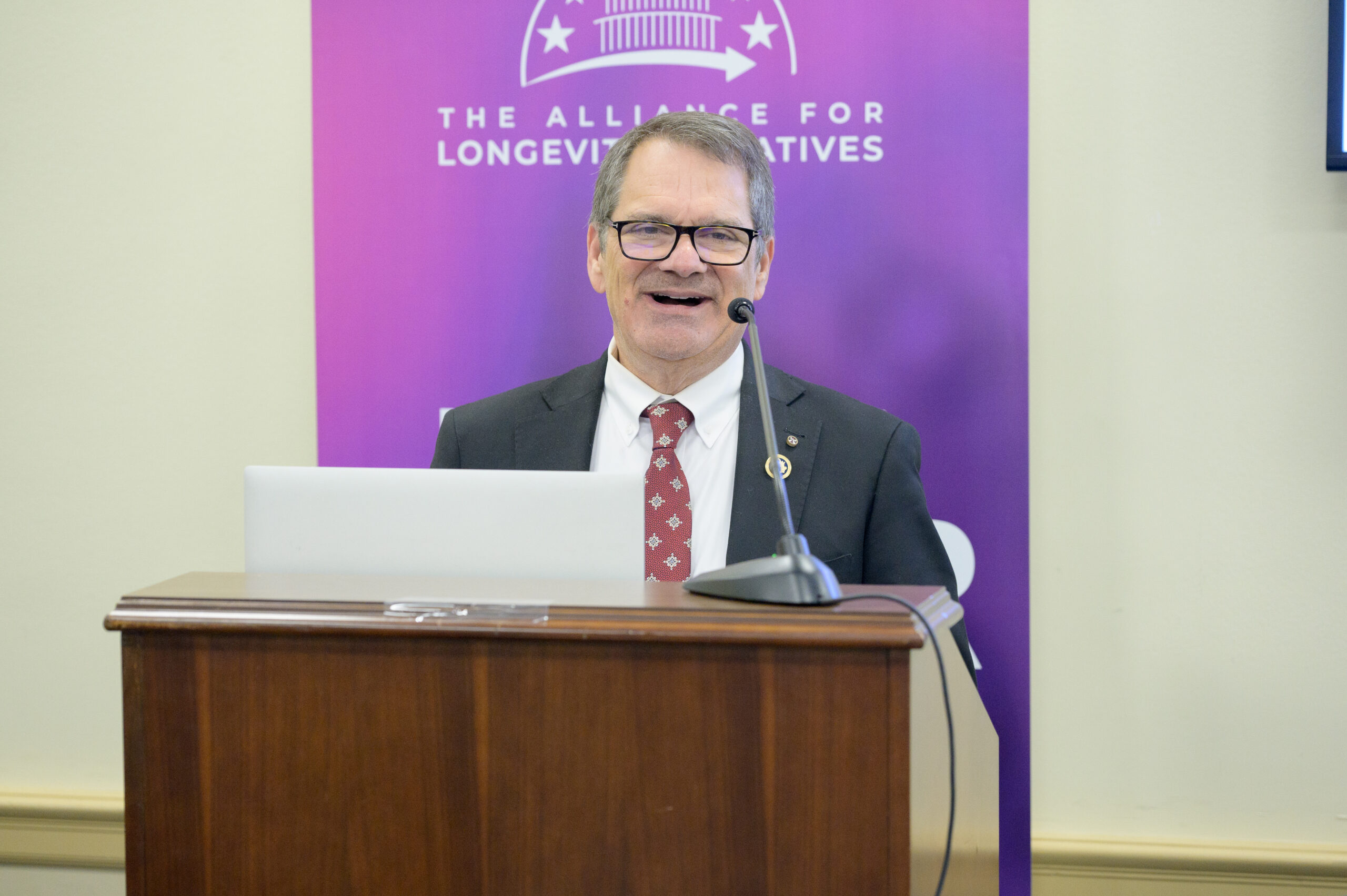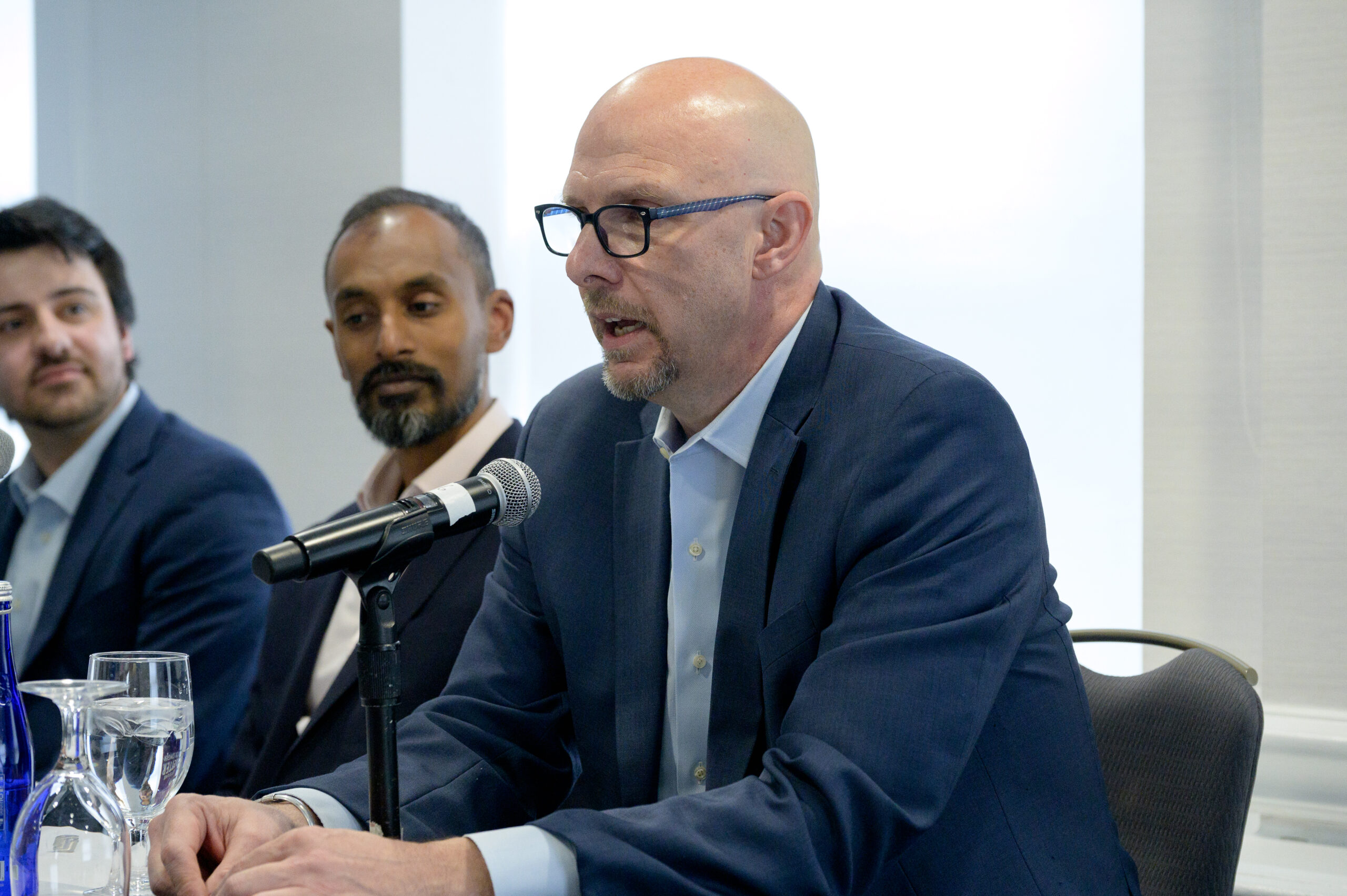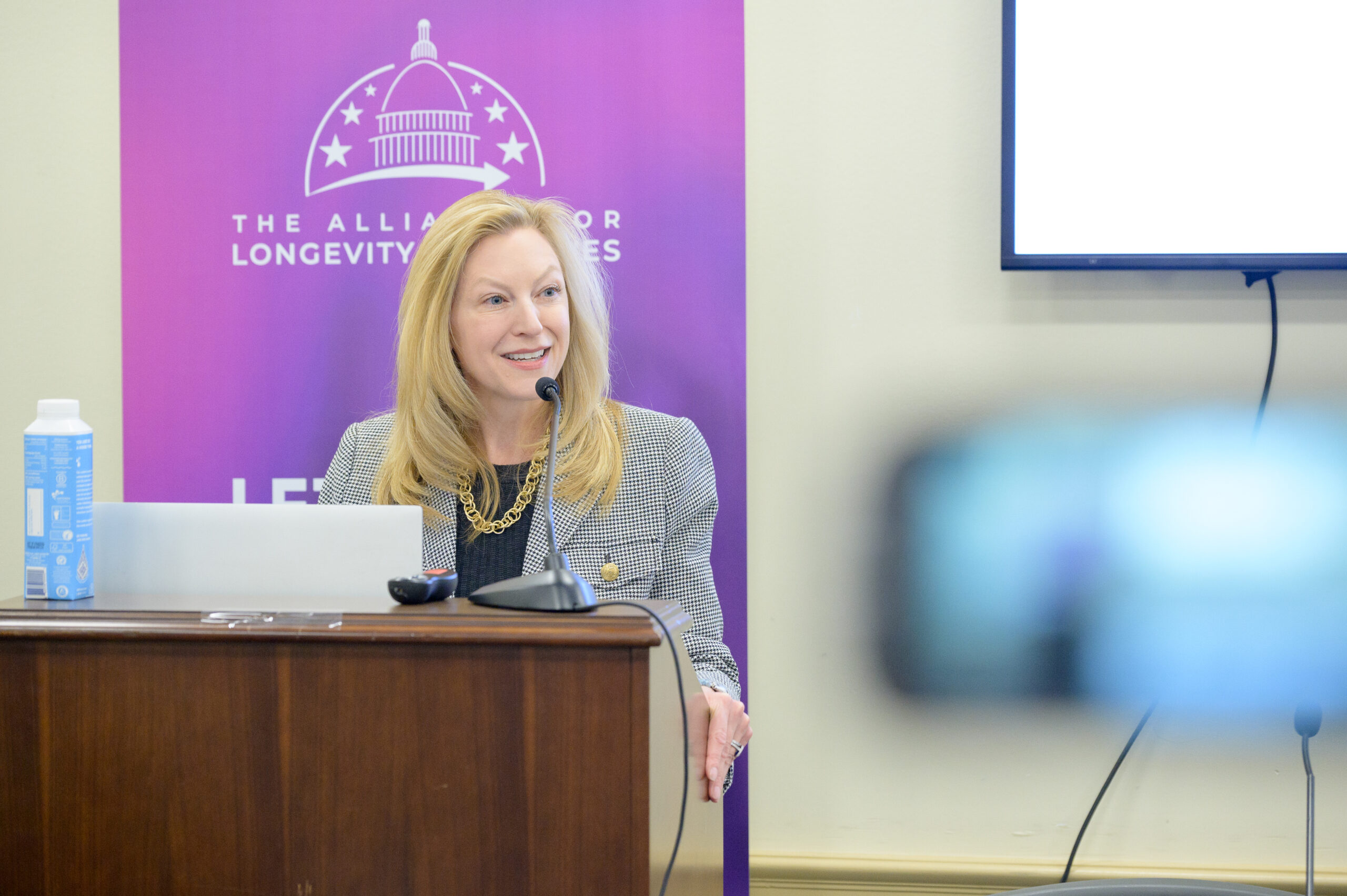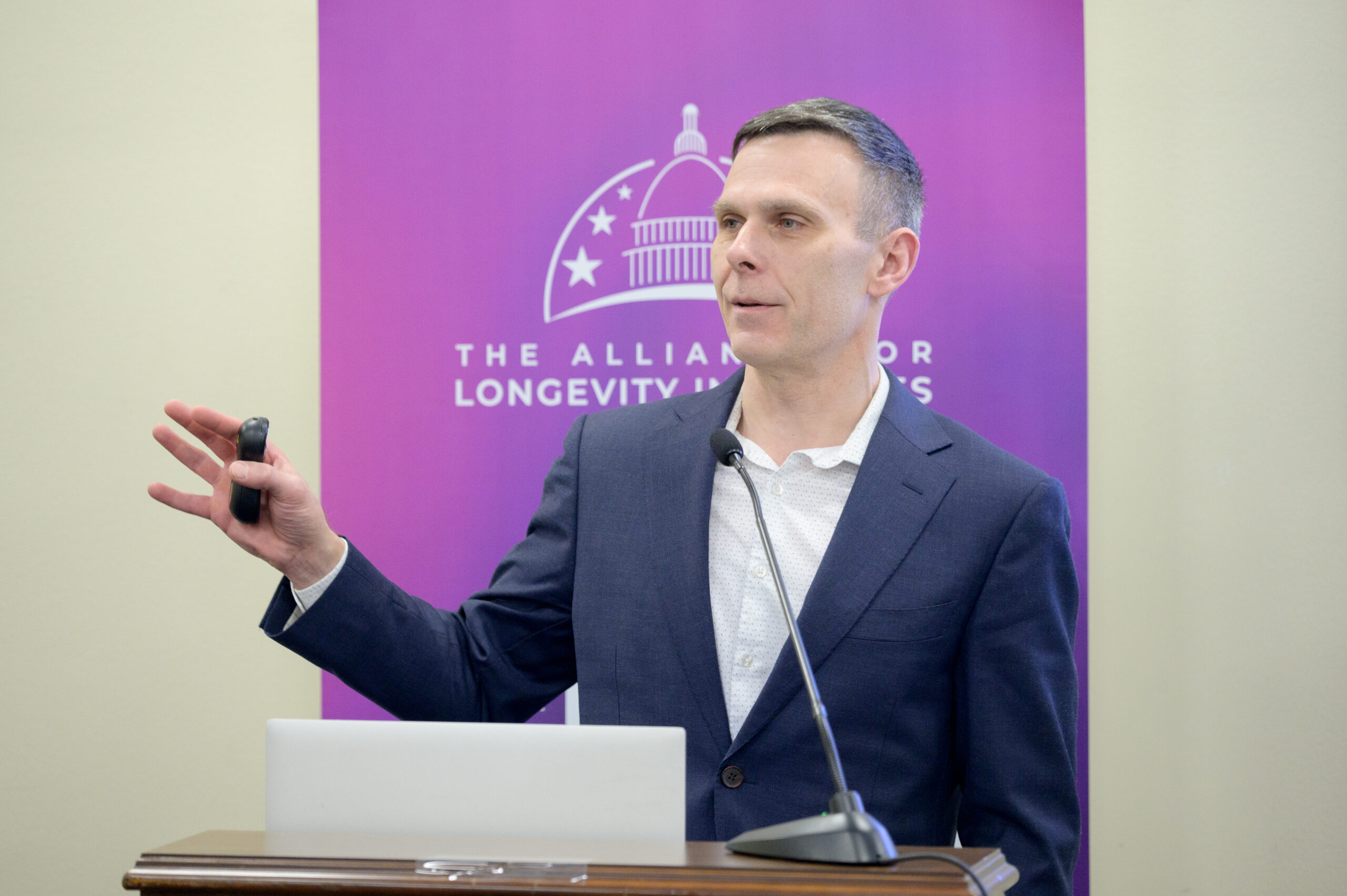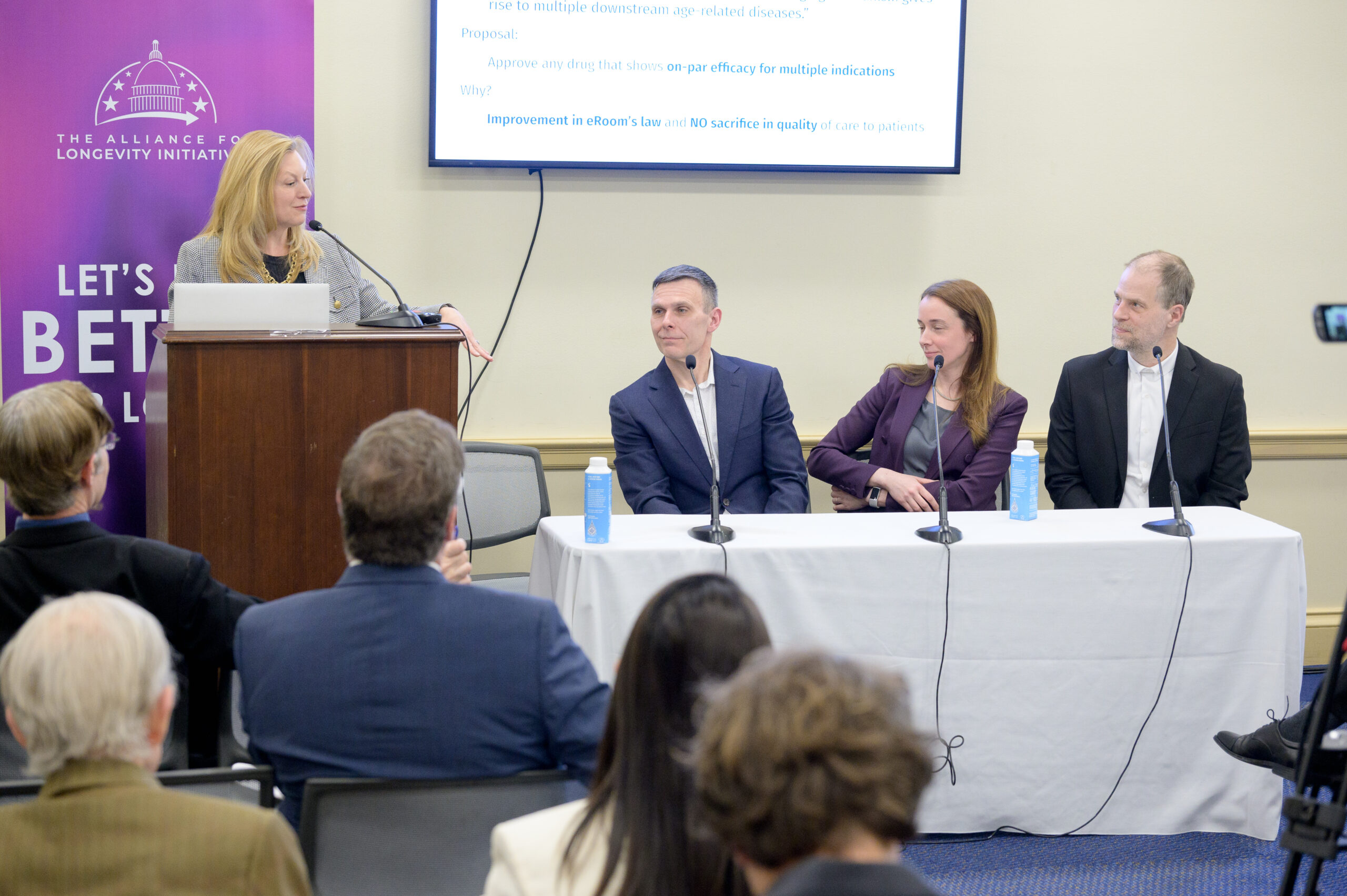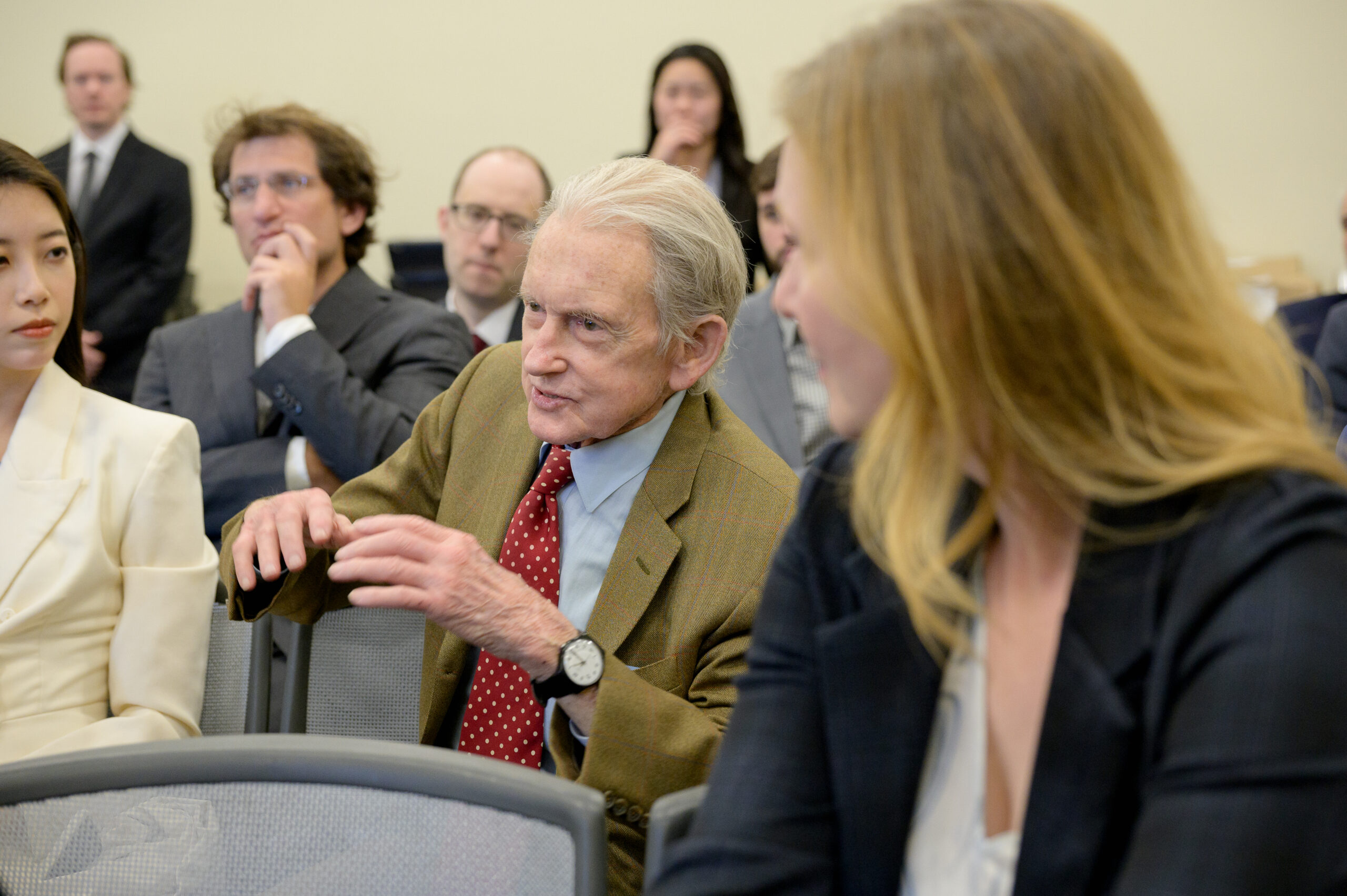Since 2022
Political advocacy to increase healthy human lifespan
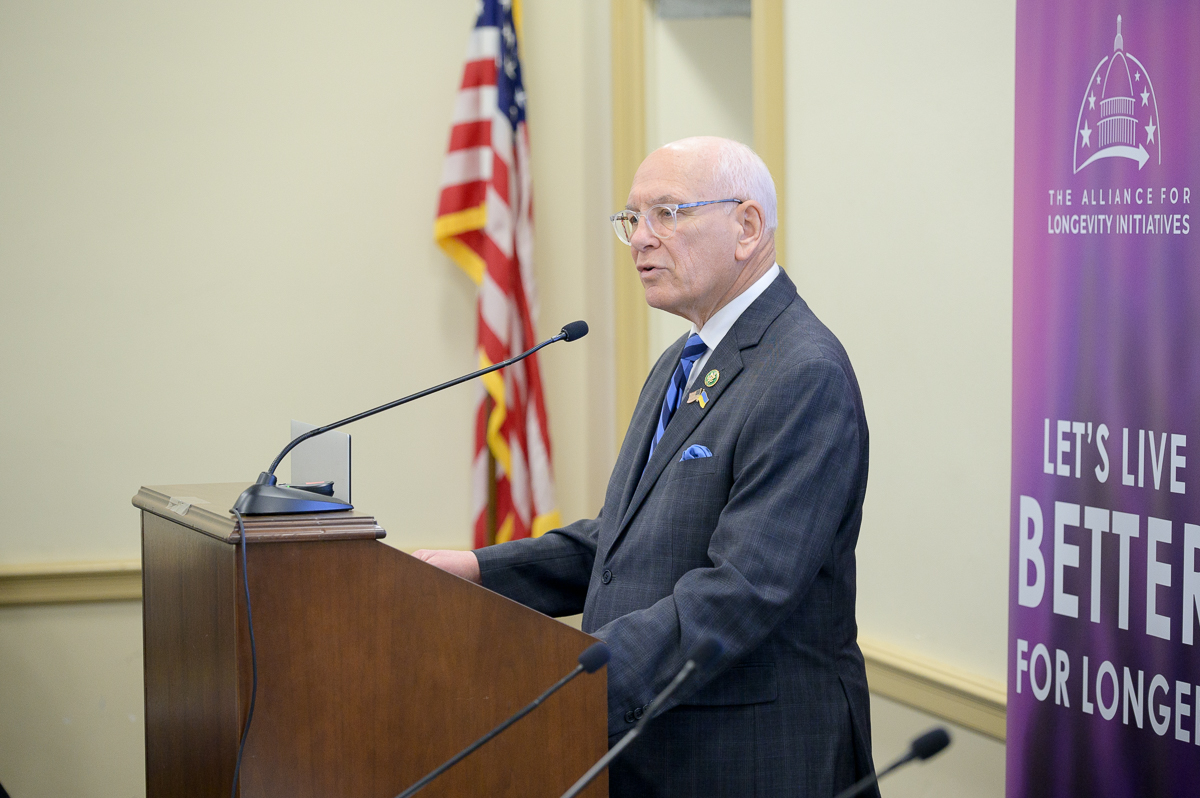
Bi-partisan Congressional Caucus for Longevity Science
The Alliance for Longevity Initiatives was behind the formation of the first Longevity Science Caucus in February 2023. It is made up of a bipartisan group of Congressional House members representing districts with a prominent biotech industry presence. Co-chaired by Congressman Gus Bilirakis (R-FL) and Congressman Paul Tonko (D-NY), the Caucus aims to increase funding for aging and longevity biotechnology, streamline regulations, and promote initiatives to increase the healthy average lifespan of Americans.
It will bring together a diverse group of lawmakers from both political parties to tackle the pressing issues related to aging and longevity. With the support of esteemed members of Congress like Congressman Dan Crenshaw (R-TX), Congressman Michael Burgess (R-TX) and Congresswoman Anna Eshoo (D-CA), this caucus is poised to make a significant impact on the future of health and wellness for all Americans.
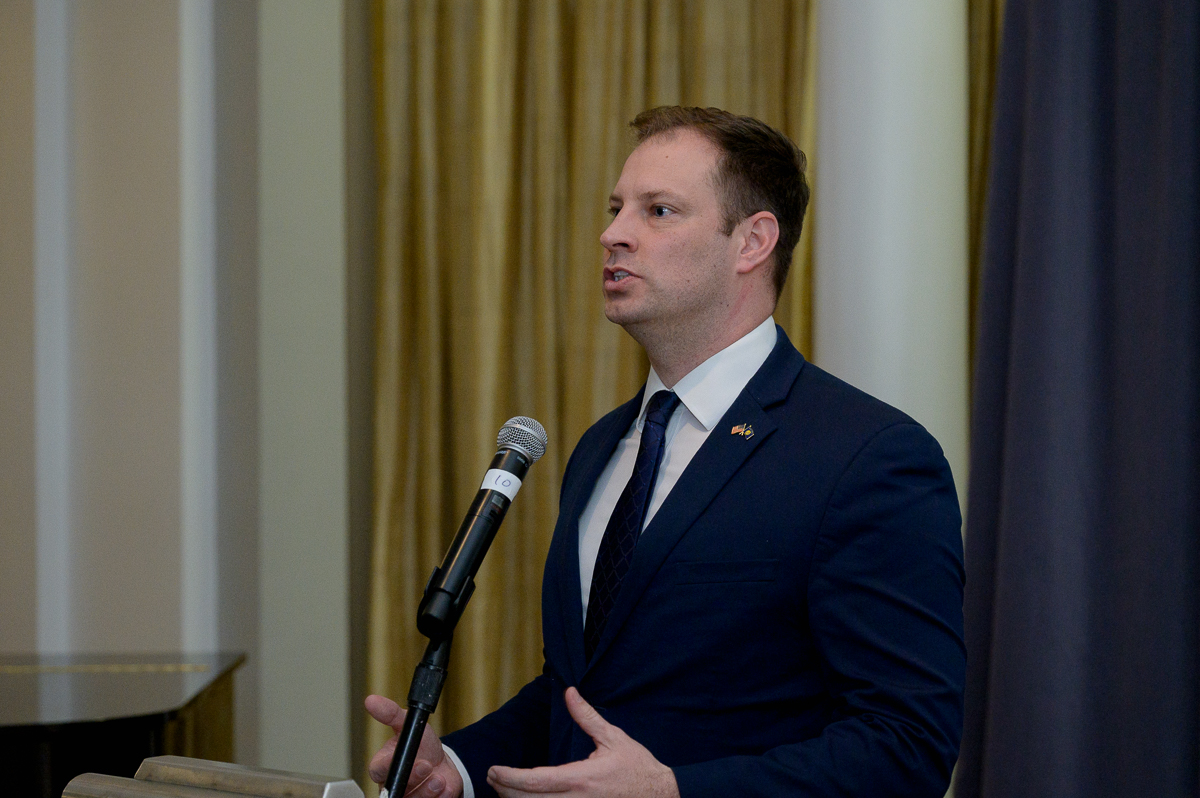
Montana Senate Bill No. 422
The Alliance for Longevity Initiatives worked alongside Montana State Senator Bogner in creating a bill that expands upon the Right to Try Act, which was then signed into the Montana Senate Bill No. 422 by Governor Greg Gianforte in May 2023.
This bill removes restrictions on which patients are eligible to receive experimental medications and extends governmental immunity. The bill seeks to amend several sections of Montana’s law, allowing a manufacturer of an investigational drug, biological product, or device to provide the treatment to an eligible patient who has requested it.
Starting October 1, 2023, SB 422 will allow patients in Montana to access experimental drugs that have passed Phase I clinical trials but have not yet been approved by the U.S. Food and Drug Administration.
“This is a landmark moment for the longevity science industry. The Alliance for Longevity Initiatives is thrilled to see some of the most influential Congressmembers on both sides of the aisle coming together to address the important issue of aging and longevity. The formation of the Longevity Science Caucus signals a new era in which the pursuit of a longer, healthier lifespan is a national priority. The time is now to invest in the future of health and wellness for all Americans.”
-Dylan Livingston, Founder and President of A4LI
The Status Quo
THE BIOLOGICAL AGING PROCESS IS THE MAIN DRIVER BEHIND CHRONIC DISEASE AND DEATH.
– The top 6 most common causes of death driven primarily by chronological age are cardiovascular disease, cancer, respiratory disease, stroke, Alzheimer’s and Alzheimer’s related diseases, and diabetes1.
– Pioneers in aging discovered 12 hallmarks of aging, all interconnected to drive the aging biology process2.
– The geroscience hypothesis states that aging is malleable and can be intervened to decelerate, stop, or reverse aging by small molecule therapeutics3.
MODERN MEDICINE TREATS SYMPTOMS, NOT CAUSES OF AGE-RELATED DISEASES.
– The current U.S. healthcare system has been metaphorically described as a ”whack-a-mole” approach, implying that solving one disease may lead to the emergence of another.
– Current FDA approved drugs are intended to target a disease that often results from aging, but are not approved to target aging itself.
– As of 2022, only nine FDA-approved drugs have been shown to be potential gerotherapeutics based on scoring for preclinical and clinical evidence4.
BECAUSE OF THIS, PEOPLE ARE LIVING SLIGHTLY LONGER BUT IN WORSE HEALTH FOR LONGER.
– Because of the investments in public health and modern medicine technology, the life expectancy at birth from 1900 to 2010 in the United States saw a remarkable rise, surging from 47.4 to 78.7 years – an increase of 66.3%.
– Today, life expectancy at age 65 in the United States is 17.9 years for men and 20.5 years for women5.
– By 2040, life expectancy at birth is projected to rise to 80.5 years5.
– Despite the increase in life expectancy, 94.9% of adults 60 and older have at least one chronic illness, while 78% have two or more7.
OUR STAGNANT “HEALTHSPAN” AND INCREASING “SICKSPAN” IS CRIPPLING OUR ECONOMY.
– Chronic diseases have been shown to be the most costliest, yet preventable conditions, overwhelming government funds and resources like Medicare7–8.
– By 2040, the population of older adults 60 and older will be about 80 million, drastically increasing the amount of elderly people living in this state of poor health for longer periods of time9.
– The United States has remained a world outlier when it comes to healthcare spending, totaling 17.8% of GDP, which is expected to rise in the subsequent years10.
DRASTICALLY INCREASE RESEARCH, DEVELOPMENT, AND COMMERCIALIZATION OF THERAPIES THAT TREAT, HALT OR REVERSE BIOLOGICAL AGING THROUGH FUNDING AND POLICY.
.– Compressing morbidity or increasing the healthy life expectancy will require significant scientific breakthroughs and policy changes11.
– The introduction of drugs and therapies that target the biology of aging, better known as “longevity medicine” will drive our medical system from “sick-care” to a true preventative healthcare system. In result, populations will become more productive, allowing countries to focus on economic growth.
– The idea that there will be social and economic growth from investing in health is thought of as and commonly referred to as “The Longevity Dividend”12–13.
Our Advocacy Efforts
Increase Federal Funding for Longevity and Aging Research
– In 2023, the National Institute on Aging (NIA) budget was only 8.3% of the total National Institute on Health (NIH) budget. The budget for the Division of Aging Biology within NIA was 9.3%, compared to 58.9% Division of Neuroscience of the total NIA budget. This is disproportionate, considering that the biological aging process is the driving cause of 70% of disease-related deaths.
– The NIH’s Report to Congress on aging and longevity research highlights minimal NIH focus and effort being made in this crucial field.
– The Alliance for Longevity Initiatives (A4LI) along with advocates worldwide agree that research on aging deserves funding on par with that for age-related diseases.
– A4LI recommends that the NIA’s Division of Aging Biology should intensify its focus on translational research to expedite treatment delivery and foundational geroscience to pave the way for future drug development. A4LI calls for equaling the Division of Aging Biology’s budget with that of the Division of Neuroscience, ensuring adequate resources for breakthroughs in this vital field.
– Sign our petition to support an increased appropriation to NIA – Division of Aging Biology.
Establishing Standards in the FDA for Longevity/Aging Therapeutic Clinical Trials
– Biotech companies focusing on longevity/aging face challenges due to unclear guidelines for conducting clinical trials that demonstrate the impact of their therapies on aging processes.
– Currently, the TAME trial is the only clinical trial that presents a model for designing studies to evaluate the impact of treatments on aging.
– The Biomarkers of Aging Consortium has published on the Characterization of Biomarkers of Aging and the Validation of Biomarkers of Aging.
– A4LI calls for Congress and FDA to support The Advanced Approval Pathway for Longevity Medicine that better incentives the discovery and testing of additional gerotherapeutics. This would encourage private investment in biotech firms and streamline the clinical trial process, making it more efficient and cost-effective.
– Sign our petition to have Congress to make geroscience a focus of the Advanced Research Projects for Health.
Time-Bound Life Expectancy Goal Set by Congress
– The U.S. sets time-bound objectives and subsequent plans in various sectors, such as the Clean Power Plan’s pollution reduction by 2030 and NASA’s Artemis Program aiming for a lunar landing by 2025, but lacks a similar approach for increasing healthy life expectancy.
– There’s a pressing need for Congress to devise and implement a strategic plan aimed at extending healthy life expectancy in the U.S., complete with specific timelines.
– A4LI urges the U.S. Congress to formulate and disclose a comprehensive strategy to augment the nation’s healthy life expectancy by 5 years, targeting achievement by the year 2035.
– Sign our petition to have our Biden-Harris Administration to declare a state of emergency over the decline in life expectancy in the U.S.
